Ojibway beading is a deeply rooted cultural and artistic tradition that carries historical significance and intricate craftsmanship. Passed down through generations, Ojibway beadwork embodies the vibrant spirit and rich heritage of the Ojibway people. Consequently, understanding the history, techniques, and contemporary relevance of Ojibway beading offers insight into this beautiful and meaningful art form. Therefore, this comprehensive guide explores the origins of Ojibway beading, traditional techniques and patterns, the significance of beadwork in Ojibway culture, and its modern-day applications. By delving into these aspects, you can appreciate the profound artistry and cultural importance of Ojibway beading.
Historical Origins of Ojibway Beading
The historical origins of Ojibway beading provide a foundation for understanding its cultural significance and evolution. Exploring these roots sheds light on the traditional art form’s development. Therefore, delving into the history of Ojibway beading is crucial.
Early Beginnings
Ojibway beading finds its origins in the early practices of the Ojibway people, who historically inhabited regions around the Great Lakes in the United States and Canada. Initially, before the introduction of glass beads by European traders, the Ojibway used natural materials such as porcupine quills, shells, bones, and seeds for embellishment. These early adornments played significant roles in ceremonies, social status, and spiritual practices. With the arrival of glass beads in the 17th century, Ojibway artisans began incorporating these vibrant and versatile materials into their designs. By understanding the early beginnings, we can appreciate the transition from natural to glass beads in Ojibway beadwork. Therefore, recognizing the materials used is essential.
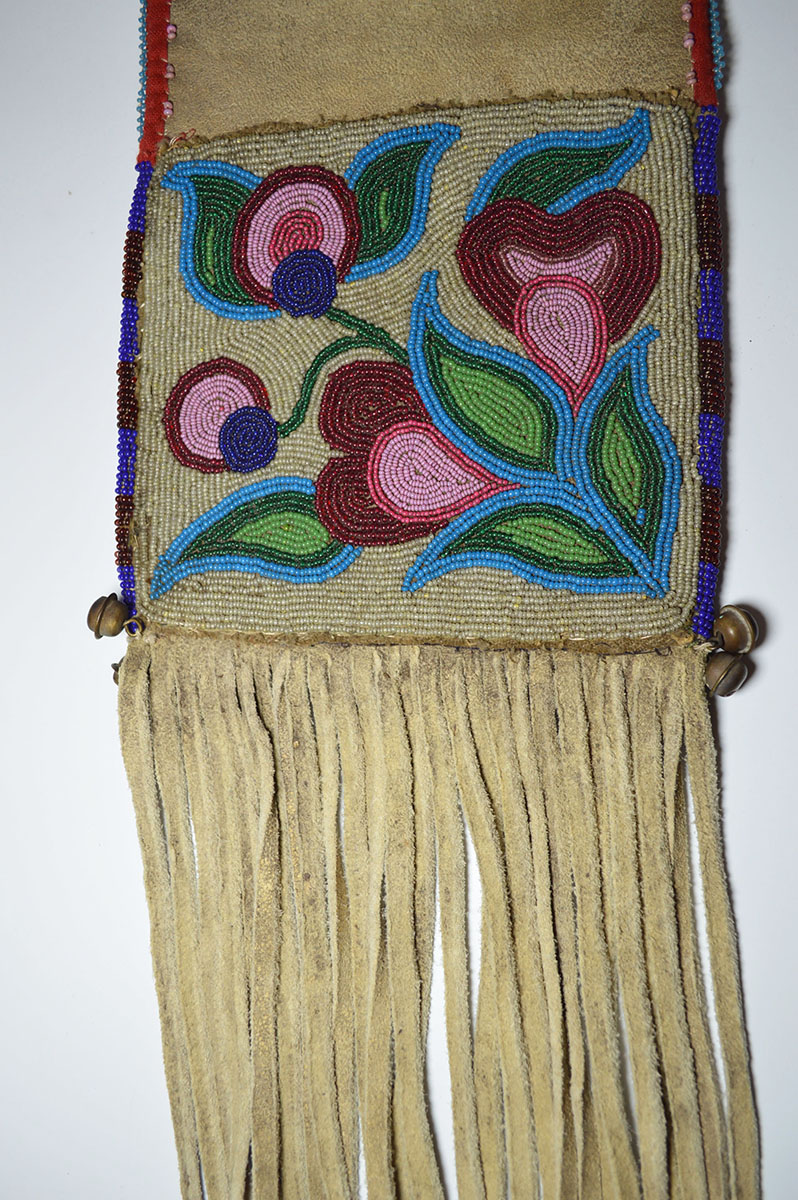
Evolution Through Trade
The evolution of Ojibway beading was significantly influenced by trade interactions with European settlers. Glass beads, known for their variety of colors and sizes, became widely accessible through trade networks, enabling Ojibway artists to expand their repertoire and refine their techniques. The introduction of these new materials led to the development of more intricate and elaborate patterns, often inspired by traditional motifs and natural elements. As a result, Ojibway beadwork became a powerful medium for cultural expression, storytelling, and preservation. By understanding the evolution through trade, we can appreciate the adaptive and innovative spirit of Ojibway artisans. Therefore, recognizing the impact of trade interactions is crucial.
Traditional Techniques and Patterns
Ojibway beading techniques and patterns are characterized by their precision, creativity, and symbolic meanings. Understanding these traditional methods provides insight into the craftsmanship and artistry of Ojibway beadwork. Therefore, exploring the techniques and patterns is essential.
Loom Beading
Loom beading is a traditional technique widely used in Ojibway beadwork, involving the use of a beading loom to create intricate designs. The process begins by setting up the loom with warp threads, which serve as the foundation for the beadwork. Beads are threaded onto a needle and woven through the warp threads, row by row, creating detailed and symmetrical patterns. Loom beading allows for the creation of belts, sashes, and other flat beadwork pieces. This technique requires patience, precision, and a keen eye for detail. By understanding loom beading, you can appreciate the complexity and beauty of Ojibway beadwork. Therefore, recognizing the skill involved is crucial.
Appliqué Beading
Appliqué beading, another prominent technique, involves sewing beads directly onto a fabric or leather backing. This method enables the creation of intricate and textured designs, often inspired by natural motifs such as flowers, animals, and celestial elements. Appliqué beading is commonly used for decorating clothing, bags, moccasins, and ceremonial objects. The technique provides flexibility in design and allows for the incorporation of diverse bead shapes and sizes. Appliqué beadwork is highly revered for its artistry and craftsmanship, showcasing the creativity and cultural heritage of the Ojibway people. By understanding appliqué beading, you can appreciate the versatility and richness of Ojibway beadwork. Therefore, recognizing the different methods is essential.
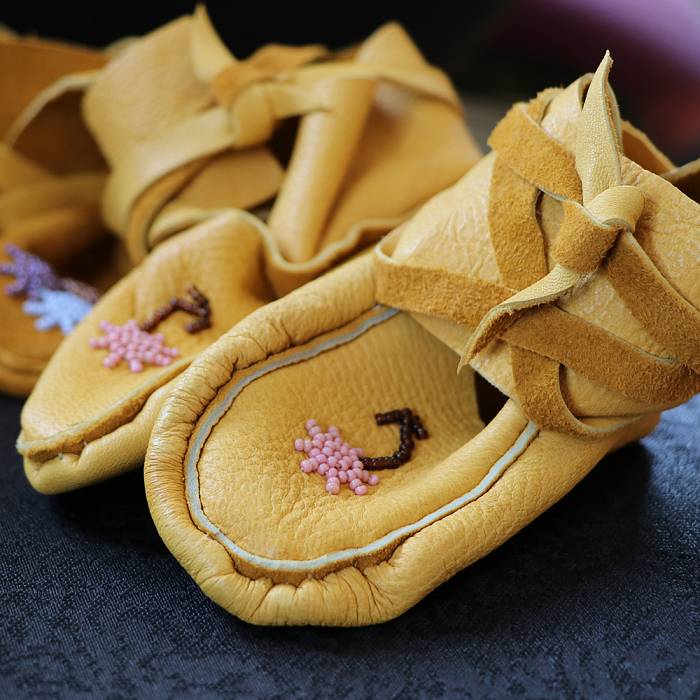
Symbolic Patterns
Symbolic patterns in Ojibway beadwork carry deep cultural and spiritual meanings. Each motif and design choice reflects the beliefs, stories, and values of the Ojibway people. Common patterns include floral designs representing nature’s beauty and regeneration, animal motifs symbolizing specific traits and teachings, and geometric shapes signifying balance and harmony. Colors also hold significance, with each hue representing different aspects of life and spirituality. Understanding these symbolic patterns reveals the narratives woven into each piece of beadwork, preserving the Ojibway culture’s rich tapestry. By grasping the meanings behind these patterns, you can appreciate the depth of Ojibway beadwork. Therefore, recognizing the cultural symbols is crucial.
Significance of Beadwork in Ojibway Culture
Beadwork in Ojibway culture serves various roles, encompassing artistic expression, social identity, and spiritual significance. Understanding these roles highlights the multifaceted importance of beadwork in Ojibway life. Therefore, exploring the significance of beadwork in Ojibway culture is essential.
Artistic Expression
Ojibway beadwork is a form of artistic expression, allowing artists to convey their creativity, skills, and cultural heritage. Each piece of beadwork is a unique creation, reflecting the artist’s vision, experiences, and connection to their ancestry. This artistic tradition fosters a sense of pride and identity among Ojibway artisans, preserving their cultural narratives and knowledge. The beauty and intricacy of Ojibway beadwork captivate both creators and admirers, showcasing the enduring legacy of this cherished art form. By understanding the role of artistic expression, you can appreciate the creative spirit embedded in Ojibway beadwork. Therefore, recognizing the importance of individuality is crucial.
Social Identity
Beadwork also plays a crucial role in defining social identity within Ojibway communities. Specific patterns, colors, and designs often signify clan affiliations, social status, and personal achievements. Beaded regalia worn during ceremonies and gatherings serves as a visual representation of one’s identity, heritage, and role within the community. The process of creating and wearing beadwork strengthens bonds among community members, fostering a sense of unity and belonging. By understanding the role of beadwork in social identity, you can appreciate its significance in connecting individuals to their cultural roots. Therefore, recognizing the importance of community is essential.
Spiritual Significance
Spirituality is deeply intertwined with Ojibway beadwork, imbuing each creation with profound meaning and purpose. Many beadwork designs are inspired by visions, dreams, and prayers, reflecting the spiritual connection between the artist and the natural world. Beadwork is often used in ceremonial objects, such as medicine bags and drum covers, which hold sacred significance. The act of beading itself is considered a meditative and spiritual practice, allowing artisans to channel their intentions and blessings into their creations. By understanding the spiritual significance of beadwork, you can appreciate the deeper layers of meaning that each piece embodies. Therefore, recognizing the sacred nature of beadwork is crucial.
Modern-Day Applications
Ojibway beadwork continues to thrive in modern times, adapting to contemporary contexts while preserving its cultural essence. Understanding its modern-day applications showcases the dynamic and evolving nature of this art form. Therefore, exploring the contemporary relevance of Ojibway beadwork is essential.
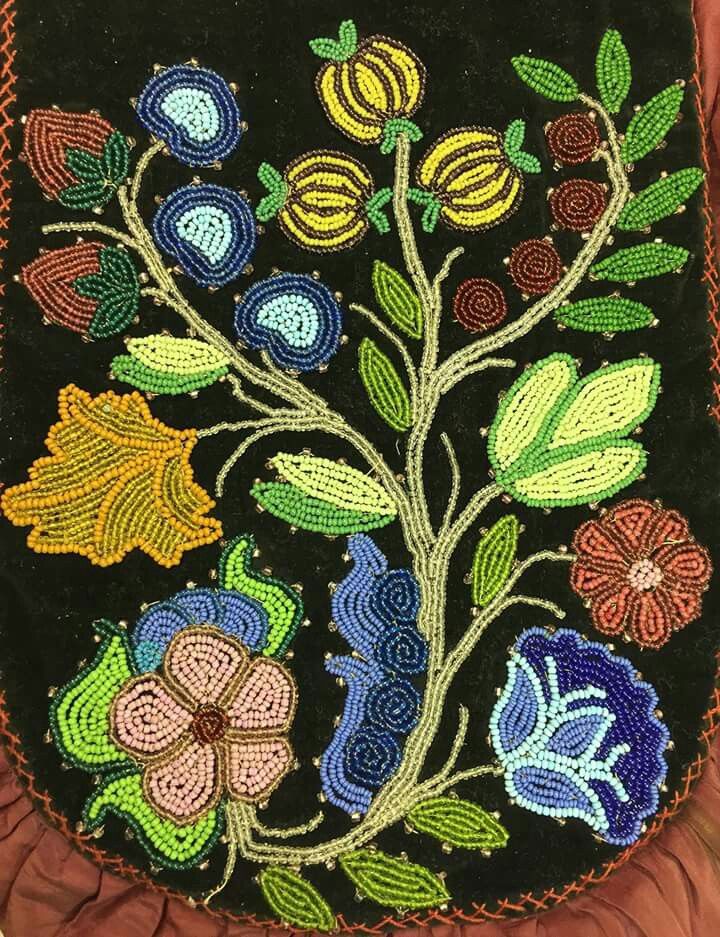
Contemporary Art and Fashion
Ojibway beadwork has found a prominent place in contemporary art and fashion, bridging traditional techniques with modern aesthetics. Indigenous artists and designers incorporate beadwork into clothing, accessories, and art pieces, celebrating their heritage and sharing it with the world. This fusion of old and new breathes fresh life into Ojibway beadwork, attracting broader audiences and fostering cultural appreciation. The revitalization of beadwork in contemporary art and fashion serves as a testament to its enduring appeal and adaptability. By understanding its role in modern creativity, you can appreciate the versatility and innovation of Ojibway beadwork. Therefore, recognizing its contemporary impact is crucial.
Cultural Preservation and Education
Ojibway beadwork plays a vital role in cultural preservation and education, passing down knowledge and traditions to future generations. Elders and artisans teach beading techniques, patterns, and stories to younger community members, ensuring the continuity of their cultural practices. Workshops, cultural centers, and educational programs provide platforms for learning and sharing beadwork skills. This transmission of knowledge not only preserves the art form but also strengthens cultural identity and resilience. By understanding the value of cultural preservation through beadwork, you can appreciate its role in sustaining Ojibway heritage. Therefore, recognizing the importance of education is essential.
Addressing Common Questions About Ojibway Beading
Understanding common questions about Ojibway beading provides clarity and enhances appreciation for this art form. Knowledge of these answers ensures better understanding and respect. Therefore, exploring common questions is essential.
How Do I Start Learning Ojibway Beading?
Starting your journey in Ojibway beading involves learning traditional techniques and understanding cultural significance. Begin by researching and gathering basic materials such as beads, thread, needles, and a beading loom. Seek out resources like instructional books, online tutorials, and workshops taught by experienced Ojibway artisans. Connecting with cultural centers or Indigenous communities can provide valuable insights and hands-on learning opportunities. Practicing patience and respect for the cultural context of beadwork enhances your experience and understanding. By understanding the steps to start learning, you can embark on a meaningful beading journey. Therefore, recognizing the importance of guided learning is crucial.
Can Non-Indigenous People Practice Ojibway Beading?
Non-Indigenous individuals can respectfully practice Ojibway beading by honoring its cultural significance and seeking permission or guidance from Indigenous communities. Appreciation and respect for the art form and its cultural context are paramount. Ensure that any learning or sharing of beadwork includes proper acknowledgment of its origins and contributions of Ojibway artisans. Supporting Indigenous artists and purchasing authentic beadwork also promotes cultural respect and preservation. By understanding the importance of respectful practice, non-Indigenous people can engage in Ojibway beading with integrity. Therefore, recognizing the need for cultural sensitivity is essential.
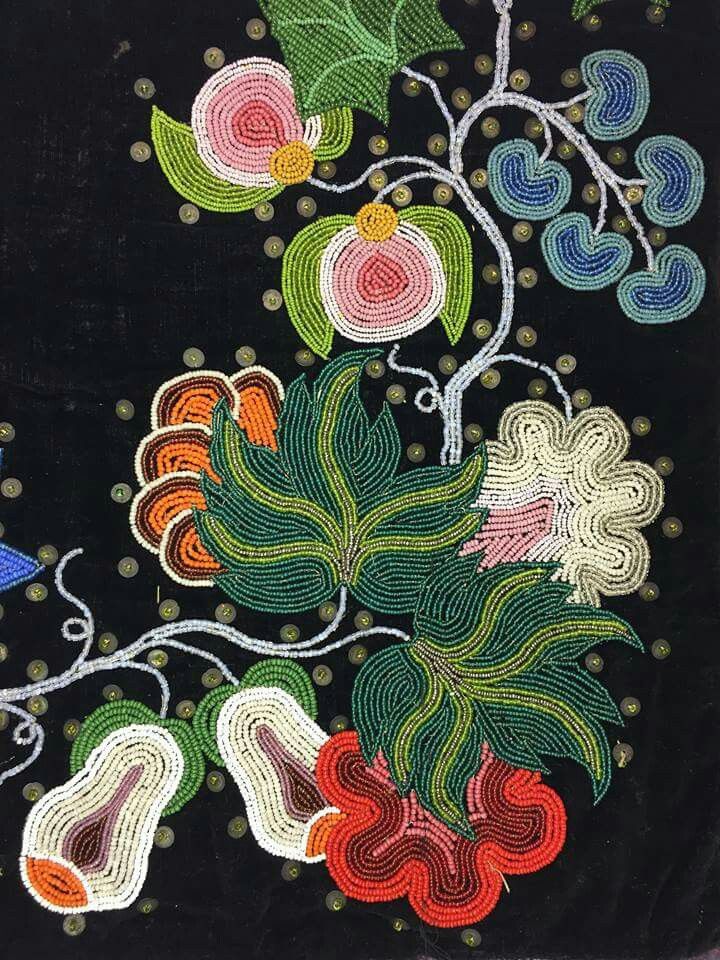
Addressing Common Misconceptions About Ojibway Beading
Addressing common misconceptions about Ojibway beading provides accurate information and dispels unwarranted concerns. Clearing up misunderstandings ensures an informed perspective. Therefore, exploring common misconceptions is important.
Misconception: Ojibway Beading Is Just a Hobby
A common misconception is that Ojibway beading is merely a hobby. In reality, beadwork is a deeply-rooted cultural practice integral to Ojibway identity, spirituality, and community. Each piece of beadwork carries significant meaning, storytelling, and artistic expression. Understanding its cultural importance promotes a broader appreciation and respect for this art form. By understanding the depth of Ojibway beading, you can value it beyond its aesthetic appeal. Therefore, dispelling this misconception highlights its cultural significance.
Misconception: All Beadwork Is the Same Across Indigenous Cultures
Another misconception is that all Indigenous beadwork is the same. In truth, Indigenous beadwork varies significantly across different cultures, with unique techniques, patterns, and meanings. Ojibway beadwork, for example, has distinct styles and symbolism that reflect their specific cultural heritage. Appreciating the diversity and individuality of each Indigenous culture’s beadwork fosters respect and understanding. By understanding the uniqueness of Ojibway beading, you can appreciate its distinct contributions to the broader Indigenous arts. Therefore, dispelling this myth emphasizes the importance of cultural diversity.
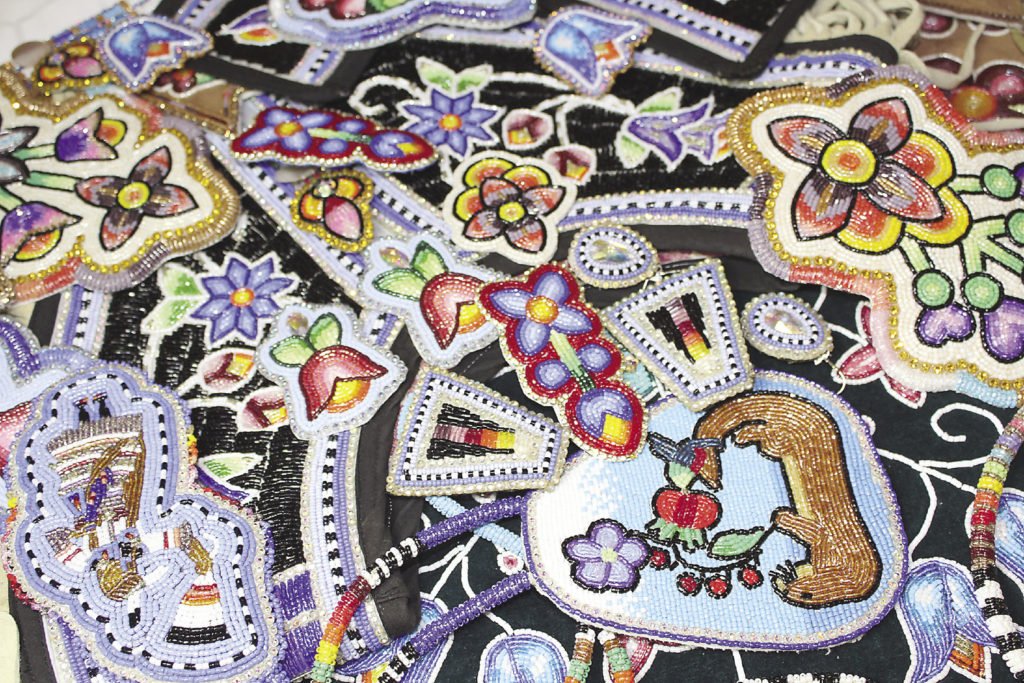
Conclusion: Embracing the Art and Culture of Ojibway Beading
Embracing the art and culture of Ojibway beading involves understanding its historical origins, traditional techniques, and cultural significance. Proper preparation, including learning about materials and patterns, enhances appreciation and practice.
Exploring critical aspects such as loom and appliqué beading, symbolic patterns, and the role of beadwork in Ojibway culture ensures a comprehensive understanding. Recognizing the importance of addressing common questions and misconceptions enhances overall awareness and respect.
By engaging with these elements, you can fully appreciate the artistry and cultural heritage of Ojibway beading, recognizing its role in preserving and celebrating Ojibway identity. Therefore, whether you are a cultural enthusiast, a beginner beader, or someone interested in Indigenous art, understanding the essential considerations and beauty of Ojibway beading offers practical and inspiring insights. Embrace the opportunity to explore this meaningful art form, knowing you have the knowledge and respect to support a profound and enriching journey!
